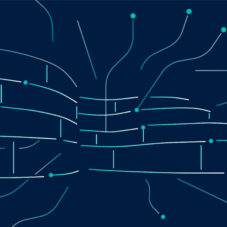When Sci-Fi Movies Predicted the Smart Buildings of Today
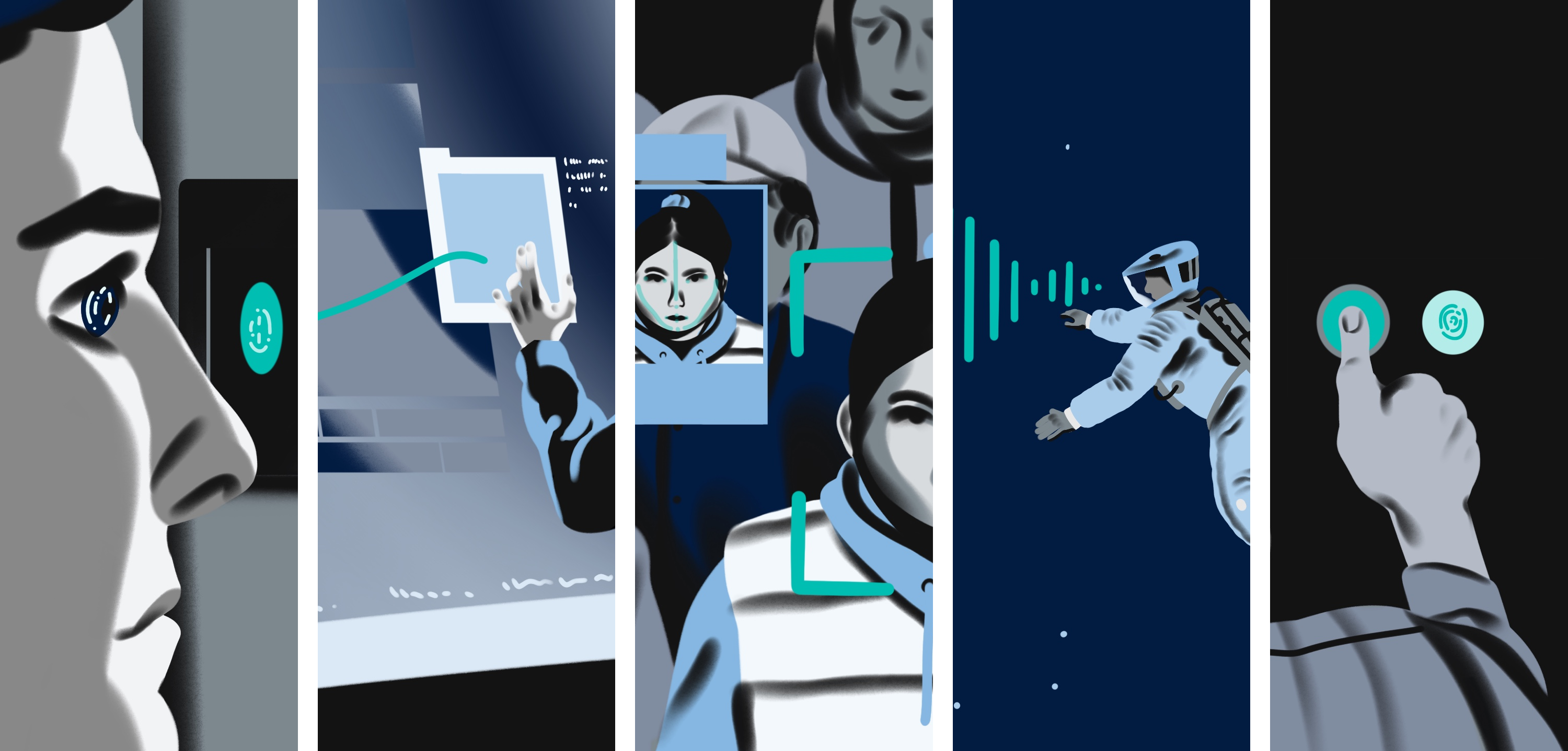
From sliding doors to voice-controlled AI, science fiction has often served as a blueprint for innovation. What once seemed like cinematic imagination is now shaping the very spaces we live and work in.
For decades, science fiction movies have painted vivid pictures of futuristic cities, intelligent skyscrapers, and self-regulating spaces. From the telly to the silver screen, pop culture has been predicting the future, where architecture seamlessly integrates with AI, IoT (Internet of Things), and biometrics to create intelligent, responsive spaces.
In this article, we’ll explore some of the most iconic sci-fi concepts that have become reality and why they matter.
Sliding Doors – A “Star Trek” Legacy
In the original “Star Trek” TV series from 1966, the USS Enterprise’s vision of automatic sliding doors was not merely a futuristic dream but a powerful symbol of a utopian, tech-driven era that captured the imaginations of viewers worldwide. These polished, metallic panels, a staple of Starfleet design, would glide open as iconic characters like Captain Kirk or Mr. Spock approached.
In reality, the story of automatic sliding doors had already begun. In 1954, Dee Horton and Lew Hewitt invented the first sliding automatic door, operated by a mat actuator. By 1960, their company, Horton Automatics, introduced the first commercial version. The technology advanced rapidly: microwave motion detectors became common in the 1970s, and infrared sensors followed in the 1980s, making contactless entry a mainstream experience.
Today, automatic doors are not just futuristic—they are mandated by the International Building Code for most public building entrances. From grocery stores to skyscrapers like London’s Leadenhall Building, doors now rely on laser, infrared, and weight-sensitive sensors to detect movement and trigger motors. In modern smart buildings, these systems contribute to energy efficiency as well. A 2024 study found that adaptive entry systems can cut energy use by up to 30%, especially when integrated with renewable energy sources.
“The Fifth Element” Palmprint Recognition Became Reality
Luc Besson’s classic sci-fi film, “The Fifth Element,” featured a unique use of palm biometrics for accessing crucial information, which was considered quite advanced for the late 1990s.
The film’s visionary concept of palm recognition has transcended fiction to become a tangible reality within modern biometric building security.
Most people are unaware that every palm is as unique as a fingerprint, making it incredibly reliable. In fact, a simple palm gesture can give users complete control over their security. We now use palmprint recognition technology to access secure facilities, manage financial transactions, conduct forensic investigations, oversee healthcare, border control, and immigration.
A notable example is Innovatrics’ new headquarters in Bratislava, Slovakia—set to become the world’s most biometric building when it opens its doors in 2026. The campus will provide employees with multimodal access using Innovatrics’ own facial and palmprint recognition, verifying identity and granting entry to secure areas.
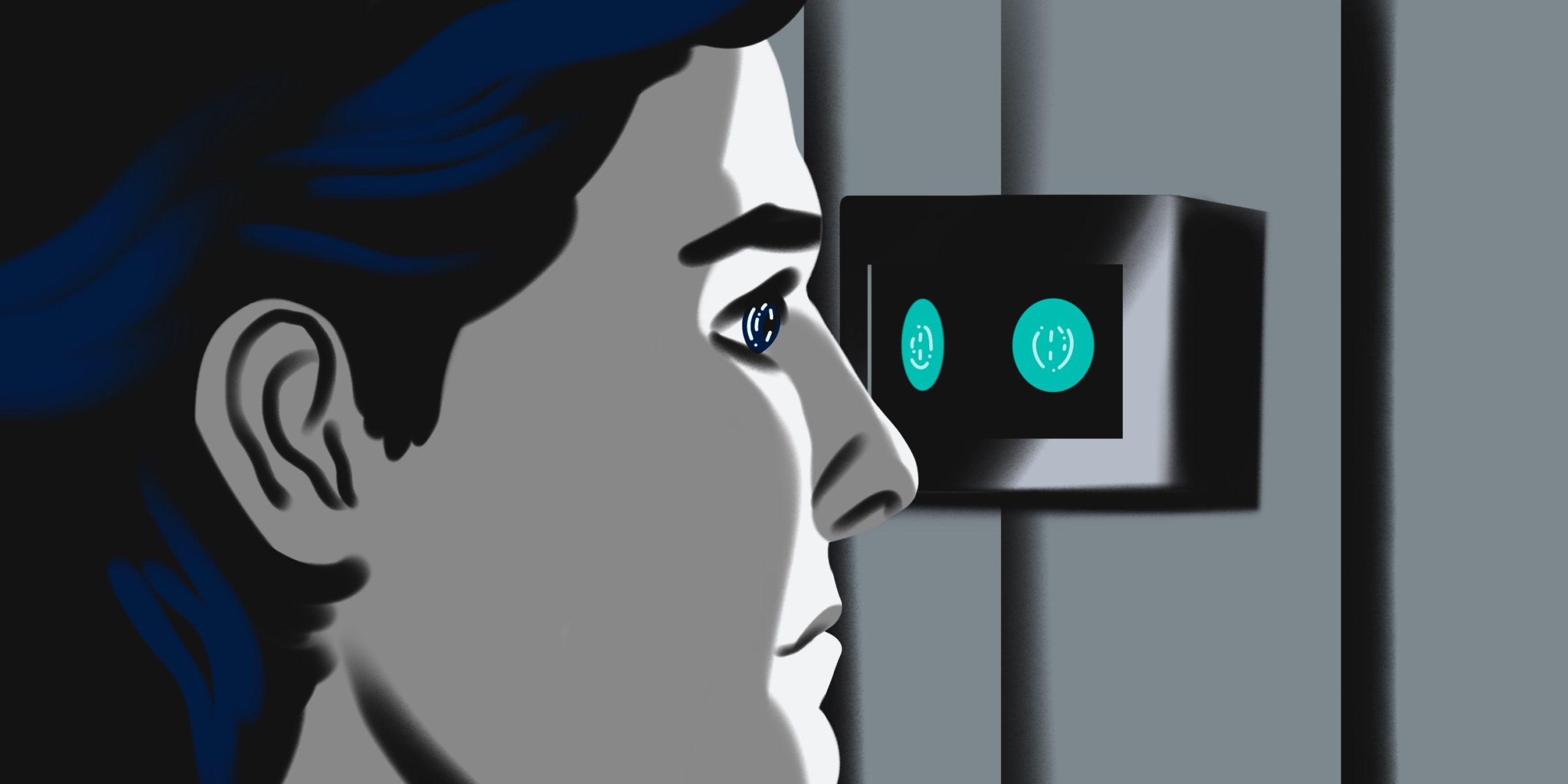
“Mission: Impossible” Sci-Fi Tech Became Standard
If “The Fifth Element” teased single biometric use, the “Mission: Impossible” franchise went all-in on multi-factor security, from fingerprint recognition to retinal scans and voice recognition.
In the first movie in the series, “Mission: Impossible” (1996), the main character, Ethan Hunt, uses not only a six-digit code but also voice recognition and a retinal scan just to access a secure vault.
By the third installment, Mission: Impossible – Rogue Nation, Ethan has to get through a high-security area protected by a variety of biometric systems, including facial recognition. We see him having to bypass a fingerprint scanner to access an elevator, but it’s not the only security measure in place. The scene also highlights an advanced biometric tool called gait analysis, which scans a person’s unique way of walking. The use of multiple security layers like these is a key theme in the movie series.
What was once Hollywood suspense has become everyday reality, with multi-layered biometrics now securing workplaces, campuses, and critical infrastructure.

Touchless Hand Gestures in “Minority Report”
In the movie “Minority Report,” the main character, Captain John Anderton, interacts with translucent, floating touchscreens using hand gestures without physically touching any surface. The system tracks his hand and finger movements in midair to manipulate data and control the interface, a futuristic vision of a gesture-based, touchless computer interface.
Today, we’ve got camera and sensor tech that can actually interpret those kinds of movements, but it’s gone even further. Instead of just recognizing specific gestures, newer systems are starting to focus on intent detection. That means a camera might analyze how you move. Are you approaching a locker purposefully? Reaching out toward a door? It then decides whether you actually mean to open something, all without pressing a single button.
In most smart buildings right now, biometrics still revolve around things like fingerprints and facial recognition. But since the film’s release, gestures have found their way into everyday tech in a big way through motion-controlled games and virtual reality.
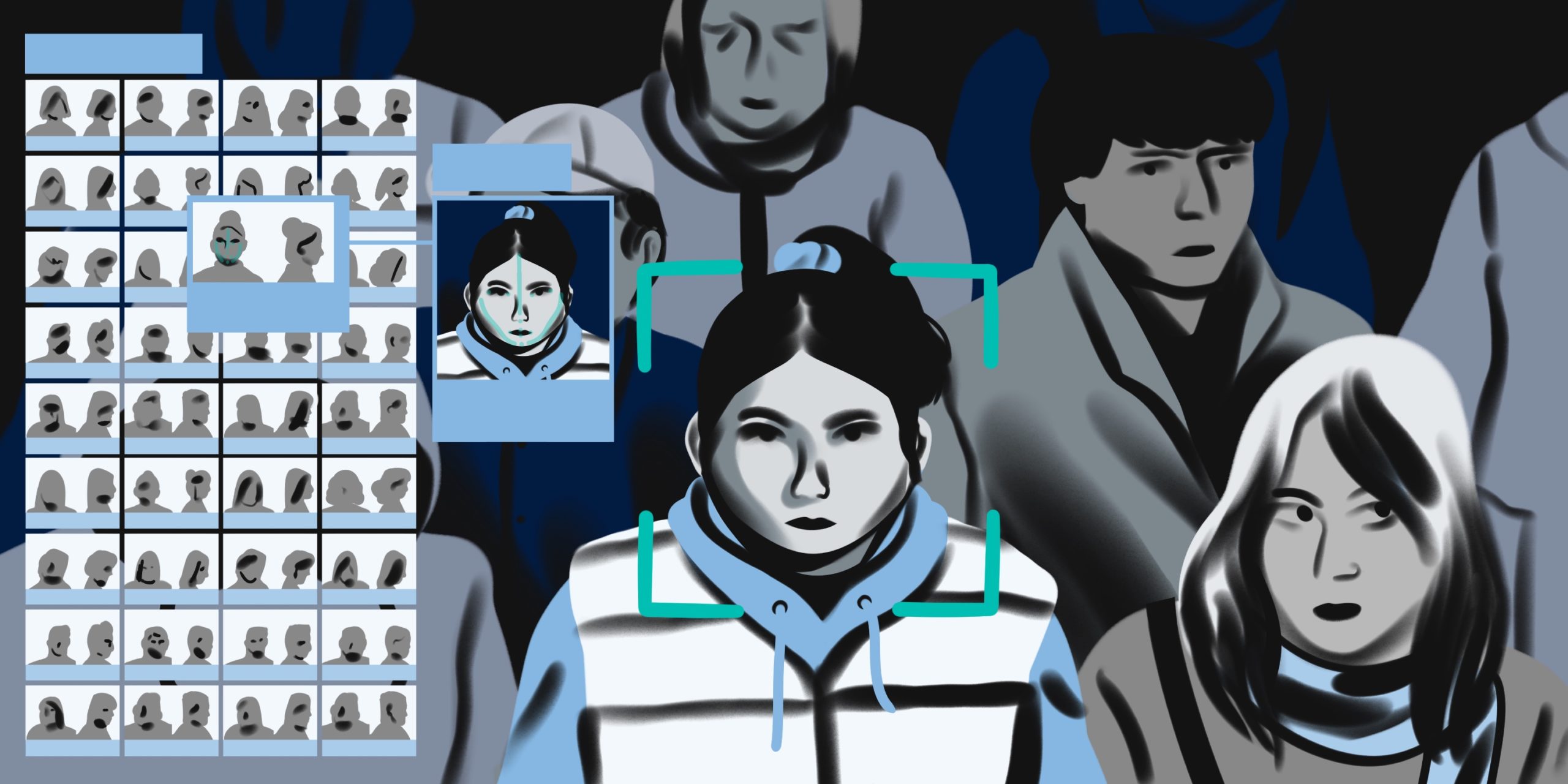
Facial Recognition in “RoboCop” vs. Modern Contactless Living
In the “Robocop” reboot movie from 2014, there’s a particularly notable sequence where facial recognition technology is showcased. Detective Alex Murphy, now transformed into Robocop, is investigating crime in Detroit. As an upgrade, he’s integrated with multiple surveillance systems, including city-wide CCTV, drones, and biometric databases to identify and locate potential insurgents and suspected criminals. While patrolling the streets, he scans a sea of faces and runs continuous facial recognition technology using the police database in real time.
Today, facial recognition is used well beyond law enforcement. AI-driven algorithms analyze facial features to create unique biometric templates, unlocking everything from airport gates and smartphones to banking apps and secure offices. For employees, this means entering a workplace can be as seamless as walking through a door. No badges, no turnstiles, just a glance.
That vision is central to the aforementioned Innovatrics HQ. Here, employees, clients, and visitors will enter the premises with facial recognition replacing manual check-ins to ensure both speed and security. Combined with palmprint recognition and other biometric modes, the building will demonstrate how technologies once imagined in films like RoboCop and The Fifth Element now shape a truly contactless, real-world experience.
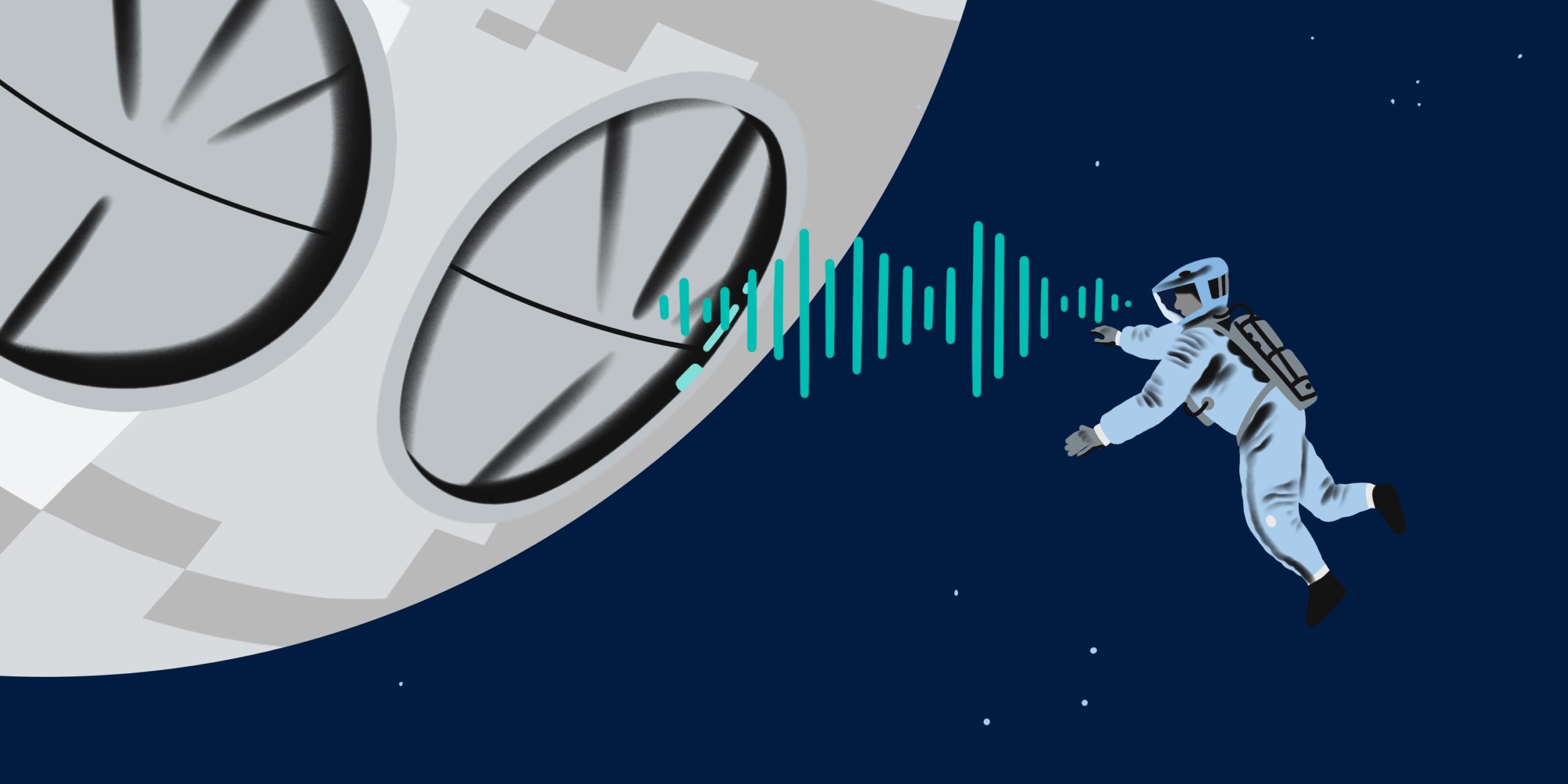
“2001: A Space Odyssey” – Shaping the Voice Recognition Revolution
Decades later, we’re still grappling with “2001: A Space Odyssey,” a film that has transformed sci-fi, filmmaking, and how we imagine AI in movies. We were introduced to HAL 9000, Earth’s most advanced artificial intelligence. When astronaut Dave Bowman asks HAL to open the pod bay doors, HAL responds in a calm, conversational manner with the famous line: “I’m sorry, Dave. I’m afraid I can’t do that.”
This advanced artificial intelligence uses voice recognition to communicate with astronauts, responding to spoken commands in a natural, conversational manner. HAL 9000 even expands its capabilities to analyze subtle emotional cues in the astronauts’ tone of voice, showcasing early visions of biometric voice interfaces.
Voice biometrics identifies and authenticates individuals using their unique voiceprint, determined by pitch, tone, and speech patterns, distinct from general speech recognition. In modern smart buildings, voice recognition is increasingly being used to make everyday interactions seamless. Instead of relying on switches or panels, occupants can simply use their voice to adjust lighting, control temperature, or manage meeting room equipment. Systems similar to Siri or Alexa, originally designed for conversational interactions are now being adapted to optimize energy use, improve comfort, and enhance accessibility within intelligent environments, echoing the futuristic vision once imagined with HAL 9000.
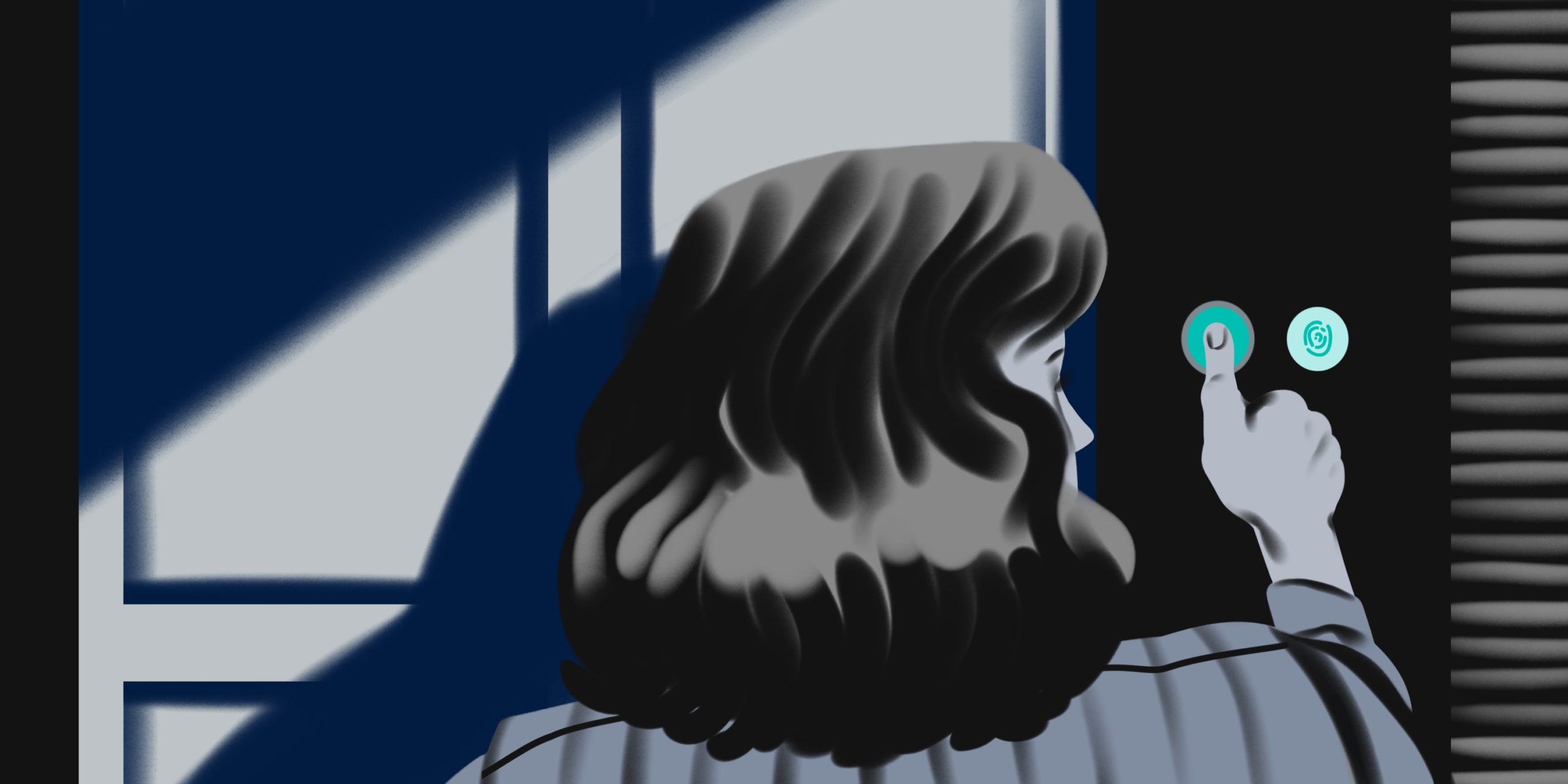
Back to the Future II – Fingerprints Scanner for Building Access
The 1989 sequel “Back to the Future Part II” envisioned a futuristic 2015 filled with imaginative (though unrealized) innovative technologies. Among those showcased, biometric fingerprint scanners stand out, particularly for access control in buildings and homes.
In a notable scene set in the imagined 2015, Marty’s daughter, Marlene McFly, enters the McFly family home by placing her thumb on a wall-mounted fingerprint scanner, which replaces a traditional doorknob. The scanner authenticates her identity and unlocks the door, demonstrating seamless and secure access control.
Fingerprint scanners offer significant benefits over traditional keys or passwords, enhancing security by leveraging unique biometric traits that are hard to steal or replicate, as seen in high-security offices protecting sensitive areas like server rooms or labs. They provide faster access, reducing delays in high-traffic settings, and improve cost efficiency by eliminating the need for replaceable keys or cards. Convenience is boosted as users avoid carrying credentials, while audit trails ensure safer workplaces by tracking access, aiding compliance with regulations like GDPR or HIPAA.
The Future, Without the Hype
From Star Trek to 2001: A Space Odyssey to Mission: Impossible, movies have a funny way of sneaking into real life. Whether it was Starfleet officers entering rooms with automatically opening doors, HAL calmly talking with astronauts, or Ethan Hunt bypassing security with a glance and a fingerprint, these moments fired up our imaginations and quietly issued a challenge to engineers: “Make this real.”
Not long ago, these technologies were punchlines in popcorn flicks. Now, they’re infrastructure. We unlock doors with faces, control systems with gestures, and navigate spaces that learn our behavior.
The Innovatrics MBB in Bratislava is living proof. It’s not a prototype or concept demo. It’s a working building where biometric access isn’t layered on, it’s built in. The systems are invisible, intuitive, and fast, doing their job so people can do theirs.
The future didn’t crash-land. It walked in, and the building knew exactly who it was.
AUTHOR: Aleksandra Krstevska
ILLUSTRATION: Eva Mária Ondová






